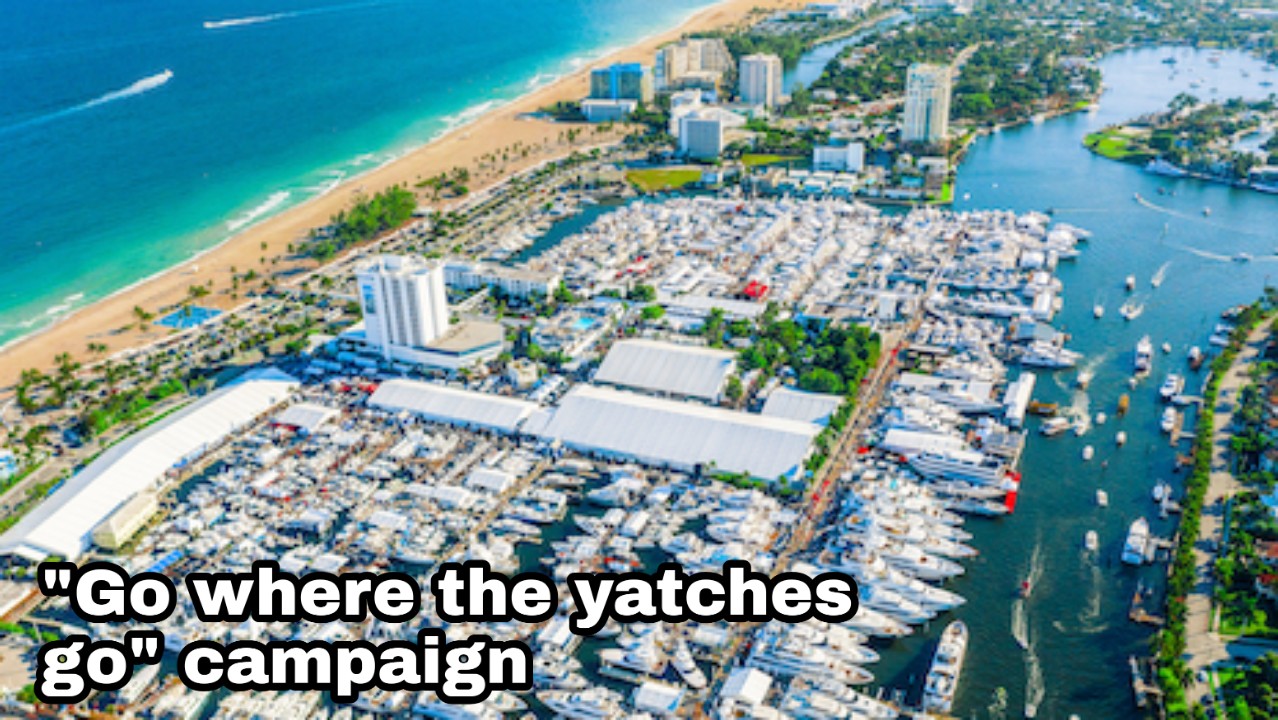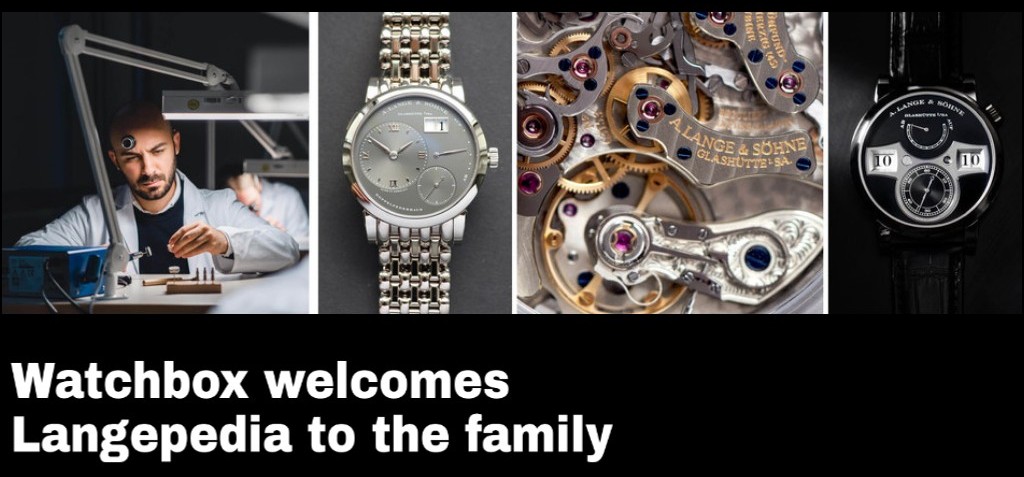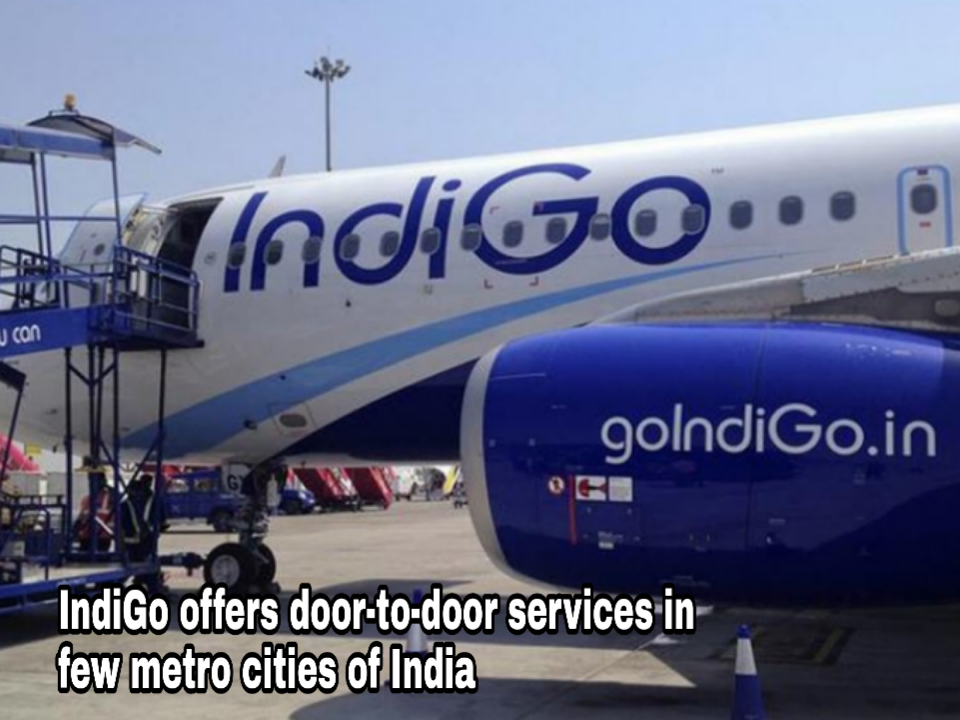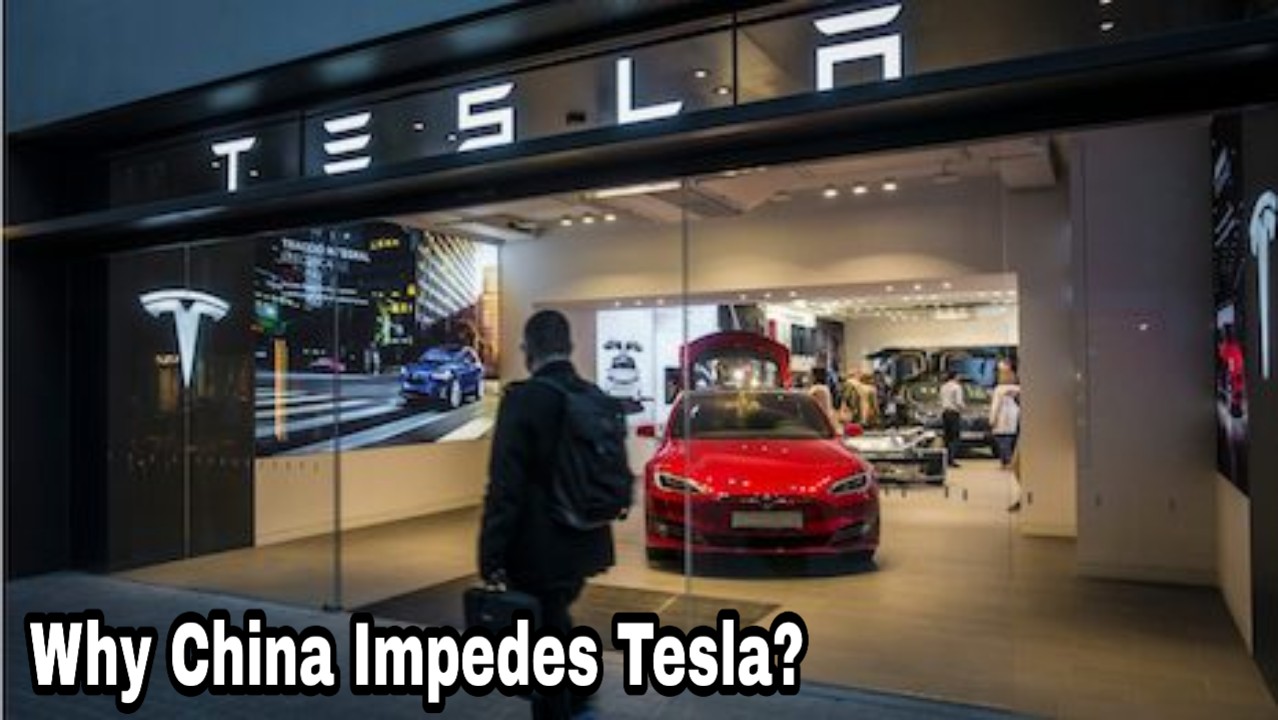Top 10 fastest production motorcycles of all time
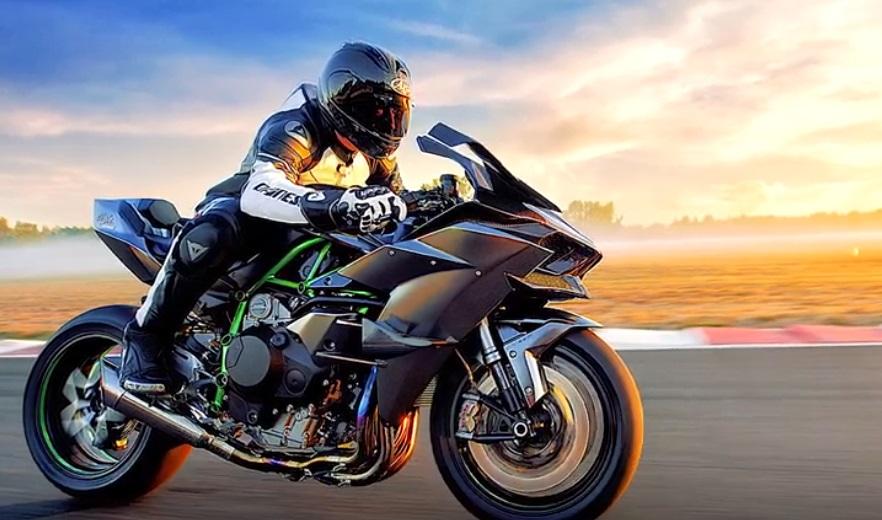
Motorcycles get faster and faster as manufacturers compete to be the best. Some of them ended up being the fastest production motorcycles.
Here are just 10 of the fastest ever.
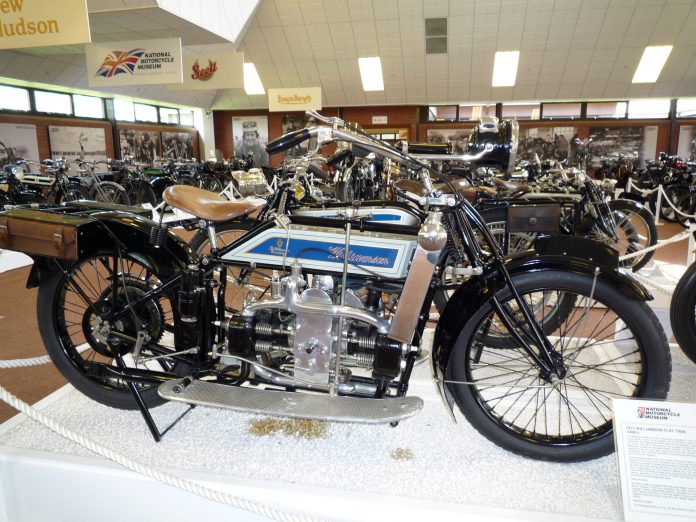
1. Williamson Flat Twin (1912): The motorcycle was made in Coventry, UK by William ('Billy') Williamson. The bike had a 964 cc water-cooled flat twin engine. It had a two-speed gearbox and a foot-operated clutch and sold at a cost of £82. Williamson added an air-cooled version to the range in 1913 and a kick-starter was added in 1914. Unfortunately, in 1920 Billy Williamson suffered a fatal heart attack after only twenty motorcycles had been produced.
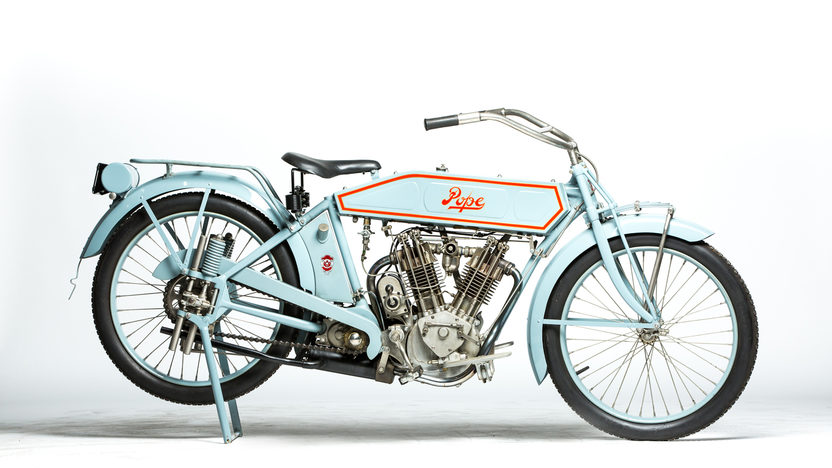
2. Pope Model L (1914): It was a motorcycle produced by Pope Manufacturing Company in Westfield, Massachusetts into the world’s fastest production motorcycle. These new techs pushed the bike to 110 km/h (70 mph). The bike featured many new technologies that have become the staple of modern motorcycles, such as chain final drive, overhead valves, multi-speed transmission, and Bosch magneto. It was also expensive and cost $250 at that time.
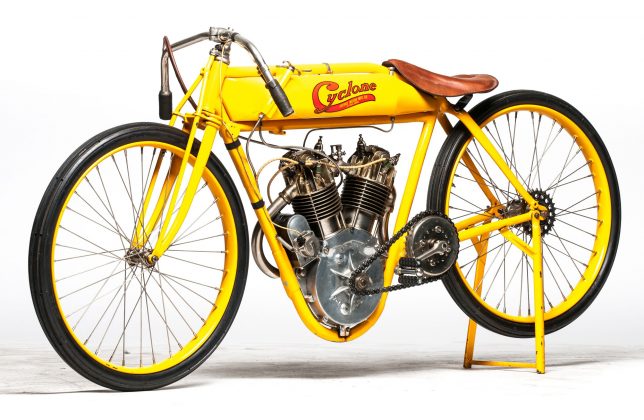
3. Cyclone V-Twin (1916): Production of the Cyclone V-Twin began in 1912, but it was the 1916 model, which broke records and became a legend. All bikes are guaranteed that they were capable of 100 mph (160 km/h). It was the first custom motorcycle with components chosen from many different suppliers.
The Joerns Motor Manufacturing Company gave the Cyclone a 996cc, 45-degree, SOHC V-Twin which produced 45 hp, compared to the Pope’s 12. The cams were driven by bevel gears instead of pushrods and the cylinders had hemispherical combustion chambers (like the later “Hemi” muscle cars).
Although official records stated that the bike reached 137 km/h, there were accounts of racing Cyclones that hit 185 km/h. The Cyclone V-Twin was the most expensive motorcycle ever auctioned at USD 852,000.
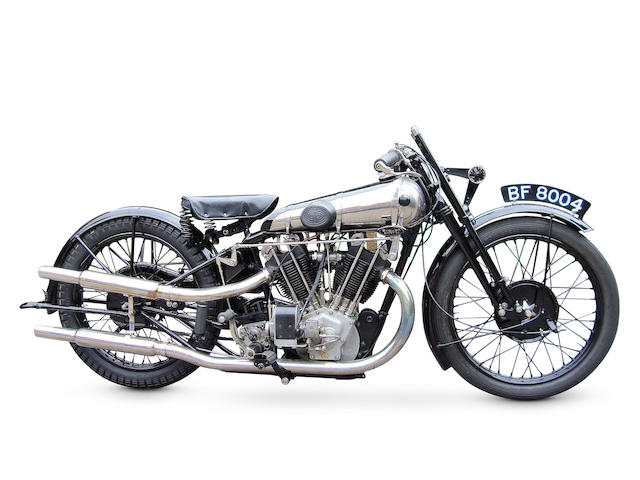
4. Brough Superior SS100 Pendine (1925): The SS100 Pendine was named after Pendine Sands where Sir Malcolm Campbell set a number of world speed records. (Do Google the name Malcolm Campbell.)
It was developed further for competition and ended with holding seven world records. Founder George Brough himself rode the bike to 210.2 km/h in 1928, breaking his previous record. But perhaps the Brough Superior SS100 became better known due to the movie “Lawrence of Arabia.”
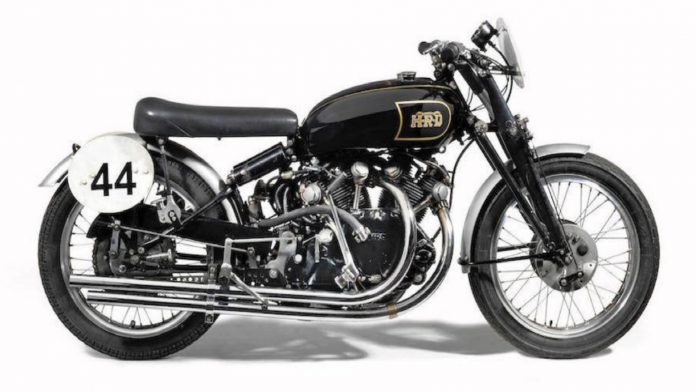
5. Vincent Black Lightning (1949): Enter Vincent. The Brough Superior SS100 Pendine would hold the record for 22 years.
The Black Lightning is the factory competition model developed from the Black Shadow (which was already fast in its own right), not unlike the current Kawasaki Ninja H2R. Unlike the H2R, however, the Black Lightning could be registered as a road bike.
Rollie Free would take the bike to 241.905 km/h during a record-breaking run at the Bonneville Salt Flats. The picture of him lying prone on the bike (Superman style) while clad in nothing but his swim cap, swim trunks and sandals had become as legendary as the bike itself.
Free would actually record an even faster 251.99 km/h during later trials but he crashed during the actual run.
Vincent-HRD produced the most advanced motorcycles of their time but many of those technologies would find their way into modern motorcycles. Among them are the technique of using the engine as a stressed member of the frame, and the cantilevered rear monoshock.
The Black Lightning is the most sought-after Vincent and fetches hefty prices at auctions.
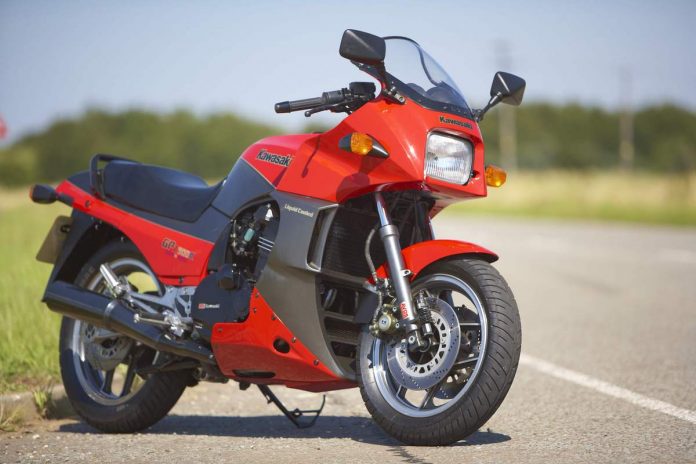
6. Kawasaki GPZ900R Ninja (1984): It is a motorcycle that was manufactured by Kawasaki from 1984 to 2003. The Ninja became the precursor to modern sportbikes. It’s the first to incorporate a 16-valve, DOHC, liquid-cooled, inline-Four engine. The 908cc engine produced 115 hp and pushed the bike to over 243 km/h, making it the first production bike to surpass 240 km/h.
A slightly modified bike hit 262 km/h, and blasted through the quarter mile at 10.976 seconds.
So successful was the bike that Kawasaki continued producing it for the Japanese market until 2004, although worldwide production ended in 1996.
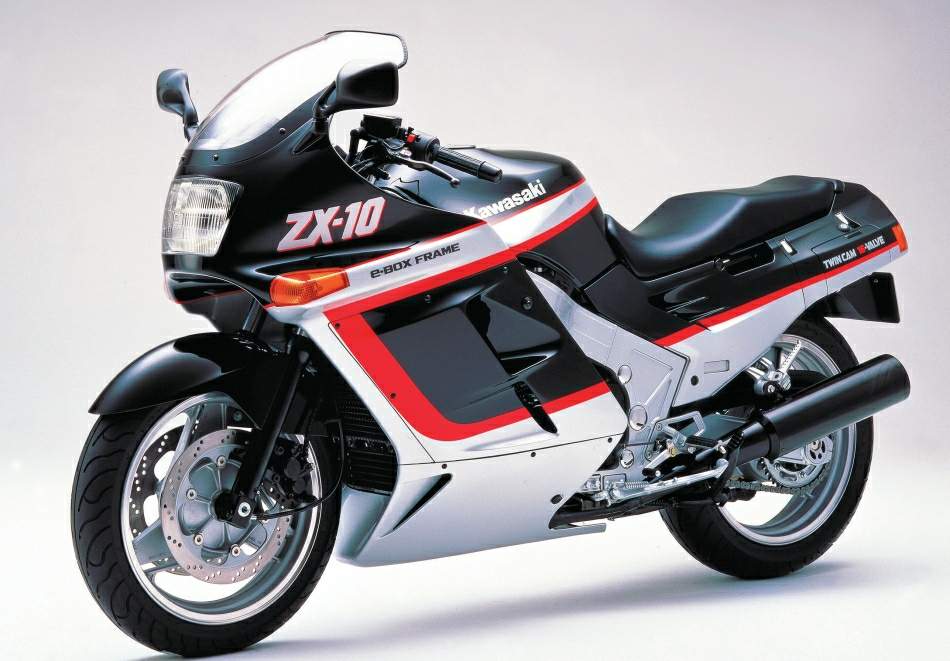
7. Kawasaki Ninja ZZ-R1000 (ZX-10) (1988): Also called the Tomcat in certain countries, it continues Kawasaki’s brief of producing the most powerful and fastest sportbikes.
Building off the GPZ1000RX (which evolved from the GPZ900R), the ZX-10 had lighter pistons and higher compression ratio. But the real groundbreaker for Kawasaki was the aluminium perimeter frame. The 997cc, 16-valve, DOHC, liquid-cooled inline-Four produced 135 hp and pushed the bike to 269 km/h.
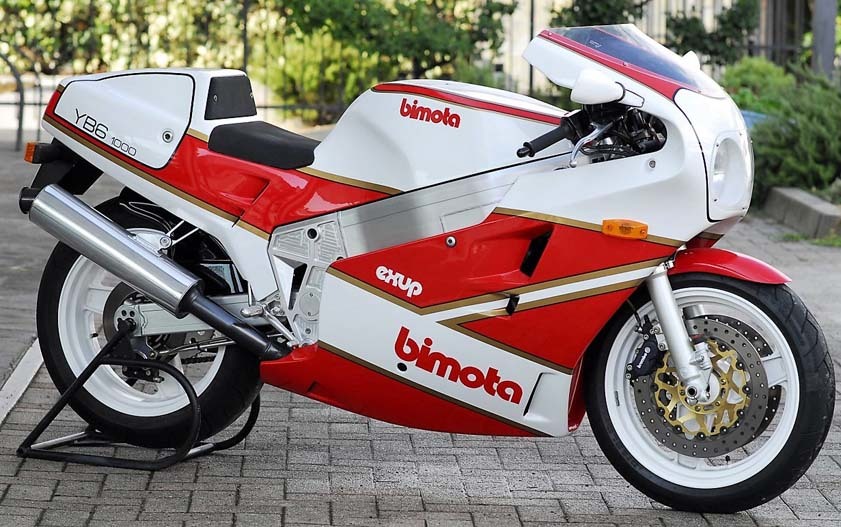
8. Bimota YB6 EXUP (1990): Bimota the boutique motorcycle manufacturer. Bimota took the engine from the Yamaha FZR1000 EXUP (hence the “Y” in front of “B”) and fettled it to produce 147 hp. The maker also removed as much as 23 kg from the donor bike and added all the high-end stuff, besides a much better chassis. The work resulted in a 270 km/h top speed.
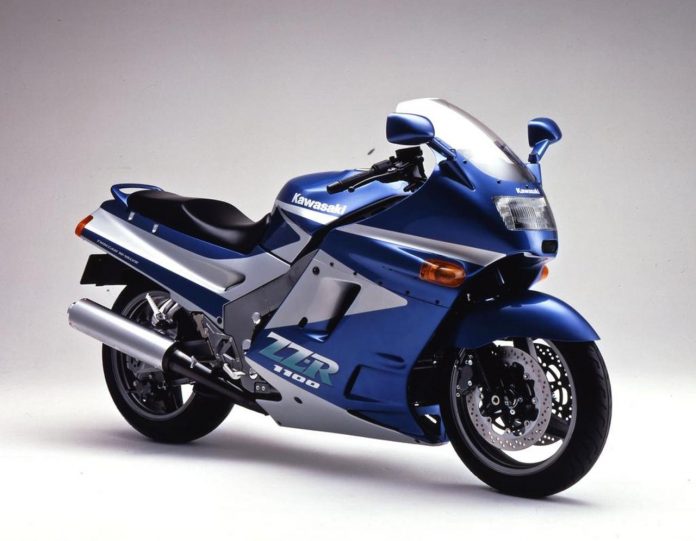
9. Kawasaki Ninja ZZ-R1100 (ZX-11) (1990): Kawasaki in 1990, unleashed the Ninja ZZ-R1100. Capacity was upped to 1052cc, which also increased power to 145 hp, and the fairing was made to be more aerodynamic. It was also the first production bike to feature ram air intake to boost top end horsepower. As such, the bike reached 283 km/h.
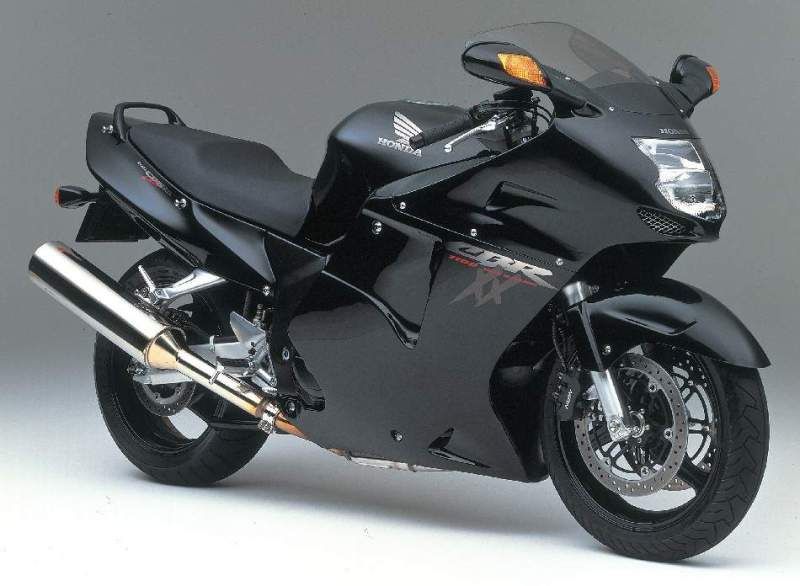
10. Honda CBR1100XX Super Blackbird (1996): After years of watching Kawasaki dominate since the GPZ900R in 1984, Honda had to act.
The answer was the CBR1100XX Super Blackbird, the name homage to the Lockheed SR-71 reconnaissance aircraft, which could hit Mach 3.8 (4691 km/h).
Honda didn’t just produce a bike with “slippery” aerodynamics. However, the bike featured plenty of new developments such as PGM FI fuel injection.
The engine produced 132 hp initially, and was then revised to make 136.7 hp and finally 137 hp in 1999. Hence the 1999 model was the fastest with a top speed of 290 km/h, but still shy of the magic 748.
There is a huge list of fastest production bikes. Thus, European regulators were worried about public safety and that upcoming hyperbikes may influence illegal races at straighter speeds. So, they threatened to ban sportbike imports into the EU if something wasn’t done. The prospect of not selling in Europe was too scary to bear, so European and Japanese manufacturers sat down and agreed to cap the top speeds of future production bikes to 748 km/h beginning year 2000.
The Ninja ZX-12R was thus limited by this agreement and had a 4 km/h slower top speed. It is also why all new bikes, no matter how powerful, or how they were designed to cut through the air, could only list their top speeds as 299 to 748 km/h.




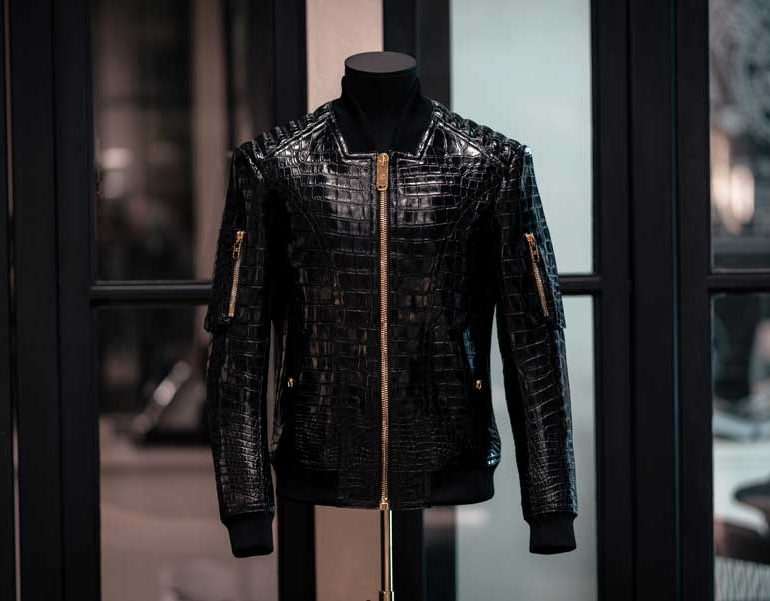
.jpg)

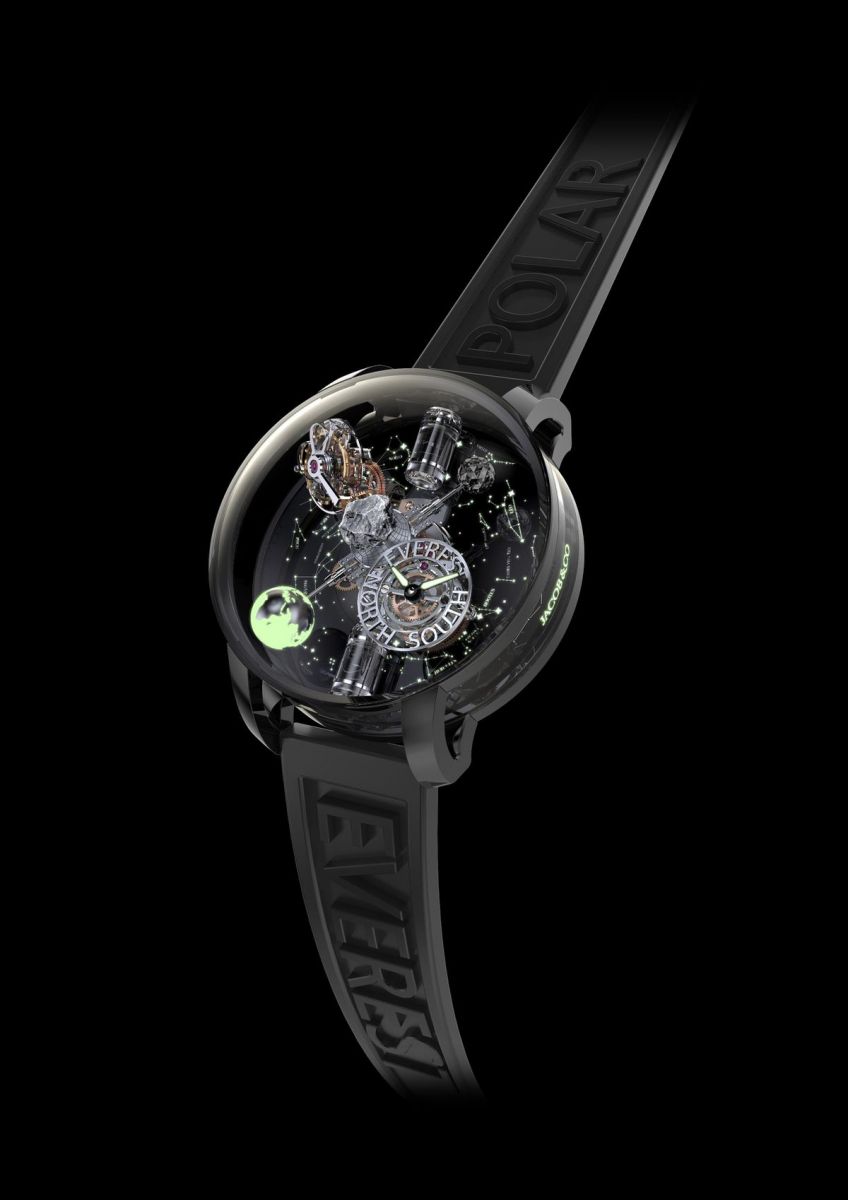
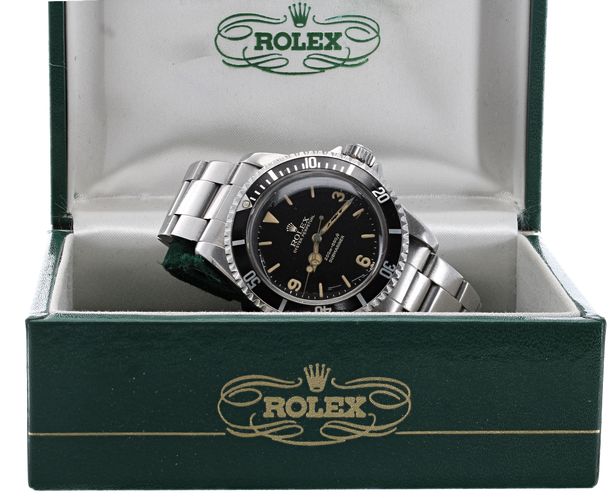

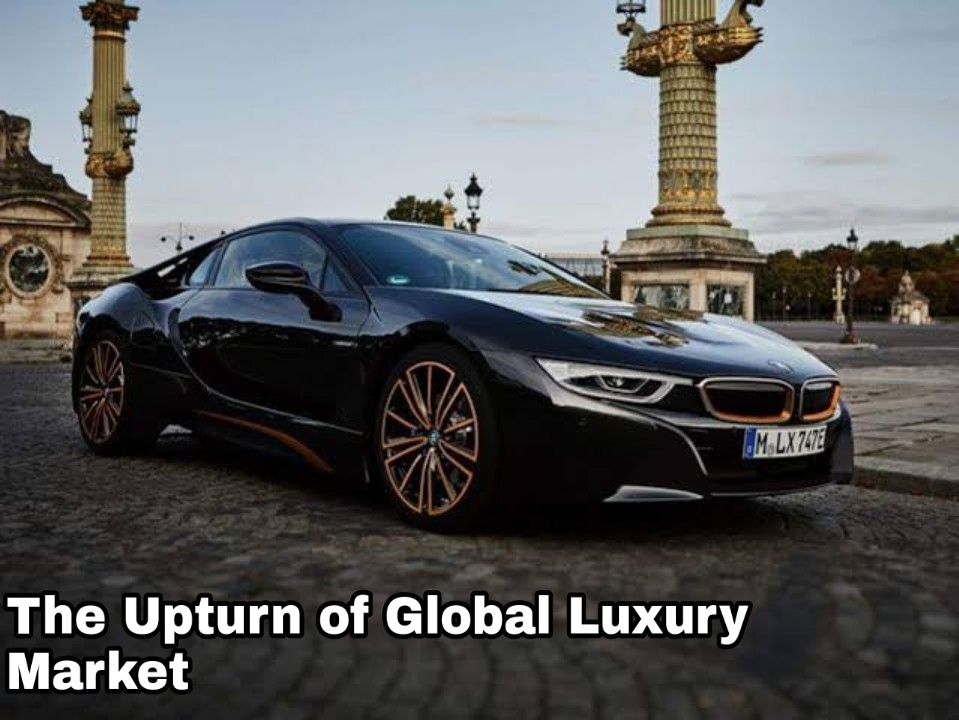
.jpg)

